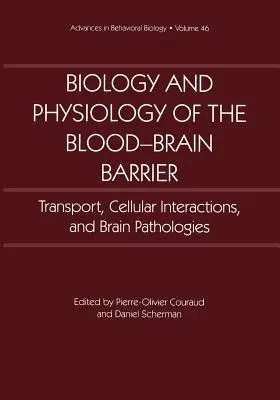The endothelial cells of the cerebral vasculature constitute, together
with perivascular elements (astrocytes, pcricytes, basement membrane),
the blood-brain barrier (BBB), which strictly limits and specifically
controls the exchanges between the blood and the cerebral extracellular
spacc.The existence of such a physical, enzymatic, and active barrier
isolating the central nervous system has broad physiological,
biological, pharmacological, and patho- logical consequences, most of
which are not yet fully elucidated. The Cerebral Vascular Biology
conference (CVB '95) was organized and held at the "Carre des Sciences"
in Paris on July I 0-12, 1995. Like the CVB '92 conference held in
Duluth, Minnesota, three years ago, the objectives were to provide a
forum for presentation of the most recent progresses and to stimulate
discussions in the ticld of the biology, physiology. and pathology of
the blood-brain barrier. The Paris conference gathered more than !50
participants. including investigators in basic neuroscience, physicians.
and stu- dents, who actively contributed to the scientific program by
their oral or poster presentations. This volume contains a collection of
short articles that summarize most of the new data that were presented
at the conference. Six thematic parts focus on physiological transports.
drug delivery, multidrug resistance P-glycoprotein, signal transduction
at the BBB. interactions between the immune system and the cerebral
endothelial cells, and the blood-brain barrier-related pathologies in
the central nervous system. In addition, two introductory articles
present new insights in the rapidly evolving topics of cerebral
angiogenesis and gene transfer to the brain.


